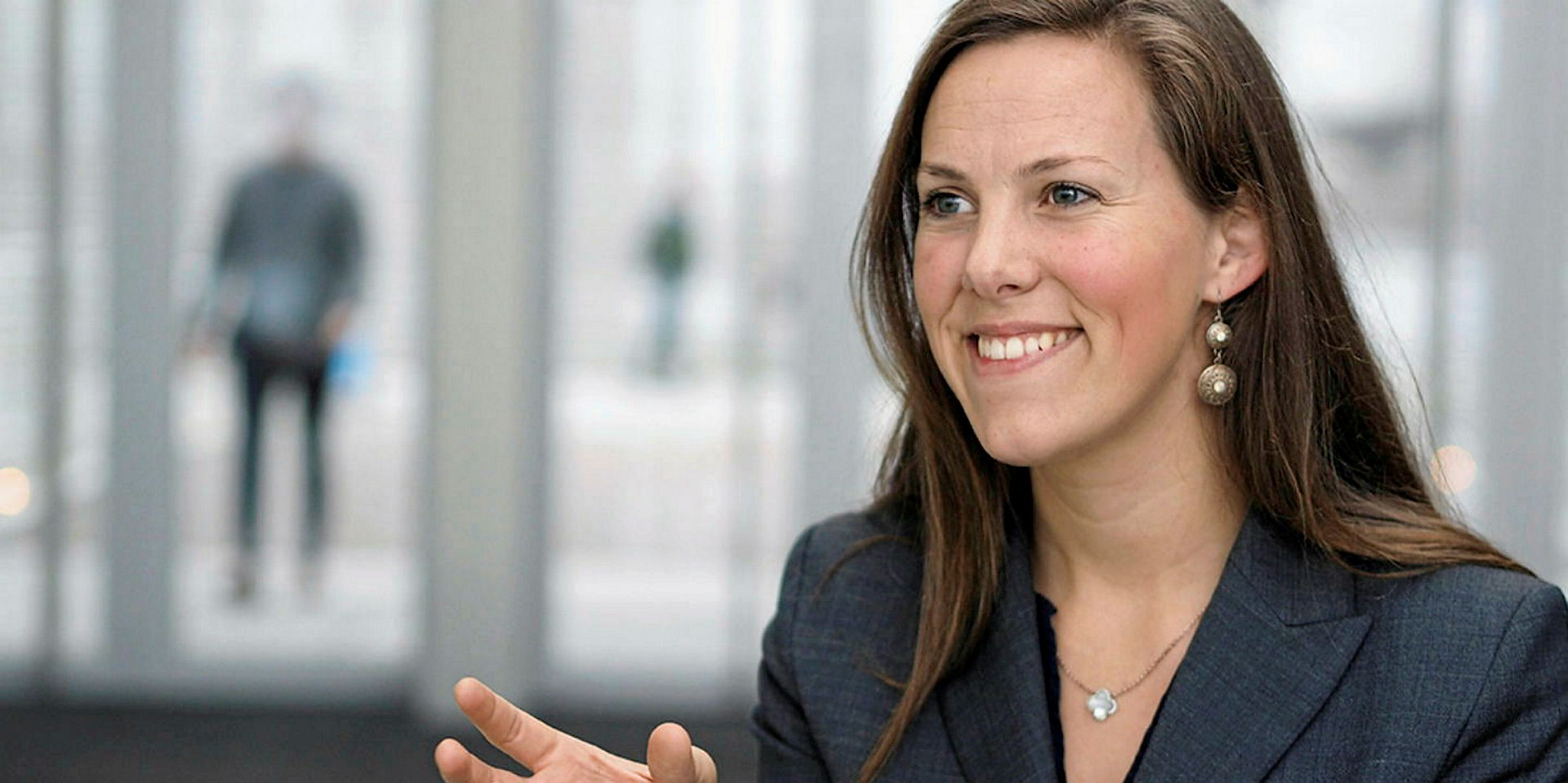Clarksons Research is a little more positive on shipping prospects but has warned that seaborne trade will still fall 4.4% over 2020 due to the coronavirus pandemic.
This is still worse than the contraction of 4.1% seen following the 2008 financial crash.
Managing director Stephen Gordon said: "Over the past six months, the severity of the Covid-19 economic shock and the complexities, both positive and negative, of impacts across different shipping segments have started to become a little clearer."
In the UK company's latest shipping review and outlook report, Clarksons Research said its trade forecast is a slight improvement on its previous estimate due to "marginally more positive economic indicators, especially in China (shipping’s largest market)".
This is supported by more than $11trn of global stimulus and easing of lockdown restrictions.
The company's monthly seaborne trade "basket" declined by 3% year on year between June and August, against a 9% drop from April to May.
The global deepsea cargo port call activity index dropped 5% in August compared to 10% in May, said the subsidiary of UK shipbroking giant Clarksons.
"In China, port call activity encouragingly returned to 2019 levels by April. Despite the uncertainties going forward, perhaps the peak trade impact has passed," Gordon suggested.
Vessel earnings holding up
Rates for boxships, tankers and bulkers included in the ClarkSea Index have held up better than first feared, with those segments up 18% year to date, occasionally benefiting from "disruptive upside", the company said.
The tanker market has wound down, but from an excellent cash position after an extraordinary April, as floating storage peaked at 11% of the fleet, while the containership market is improving, with idle tonnage dropping from 11% to 4%, Clarksons Research said.
Bulker owners have seen "windows" of improved rates after a poor first half, Gordon added. Lower bunker prices are helpful, he said.
"Specific stresses" for car carriers, with port calls down 35% year-on-year in the second quarter, ferries, cruiseships and offshore vessels continue, the managing director added.
The supply side remains manageable, the company believes, with the orderbook continuing to shorten to a 31-year low at 7% of capacity on order.
Deliveries from Chinese yards have normalised after initial Covid-19 disruption, although there remains a risk of slippage, particularly for new cruiseships, the company said.
Fleet growth staying low
With limited new orders, Clarksons Research is now projecting fleet growth of 2.6% this year and 1.7% for 2021.
"Just 0.5% of fleet capacity is currently undergoing a scrubber retrofit, down from 2.0% in early 2020, and the fulfilment of some of the remaining programme looks vulnerable," Gordon said.
Speed analysis shows containerships have slowed by 2%, again absorbing supply.
Sale-and-purchase volumes slowed early in the second quarter. Activity has since improved as solutions to completing deals and delivering ships have been found.
But uncertainty around strategic decisions continues to impact the number of sales.
Green clarity lacking
As for the green transition in shipping, Clarksons Research said that although some International Maritime Organization meetings have been postponed, further acceleration of the regulatory timetable remains a trend. But clarity around exact policies to facilitate the regulatory body's decarbonisation targets for 2030 and 2050 is still lacking, the company said.
A total of 17% of the orderbook features ships with "alternative" fuelling capability, with 18% getting scrubbers.
"The impact of Covid-19 has been, at times, unprecedented for the shipping industry, including wide ranging operational challenges," Gordon concluded.
"The nature of economic and trade recovery alongside post-Covid priorities — eg technology [and] environment — are now a focus."
And he added: "Despite some improving signals, uncertainty and complexity continue: expect progress to remain bumpy."







